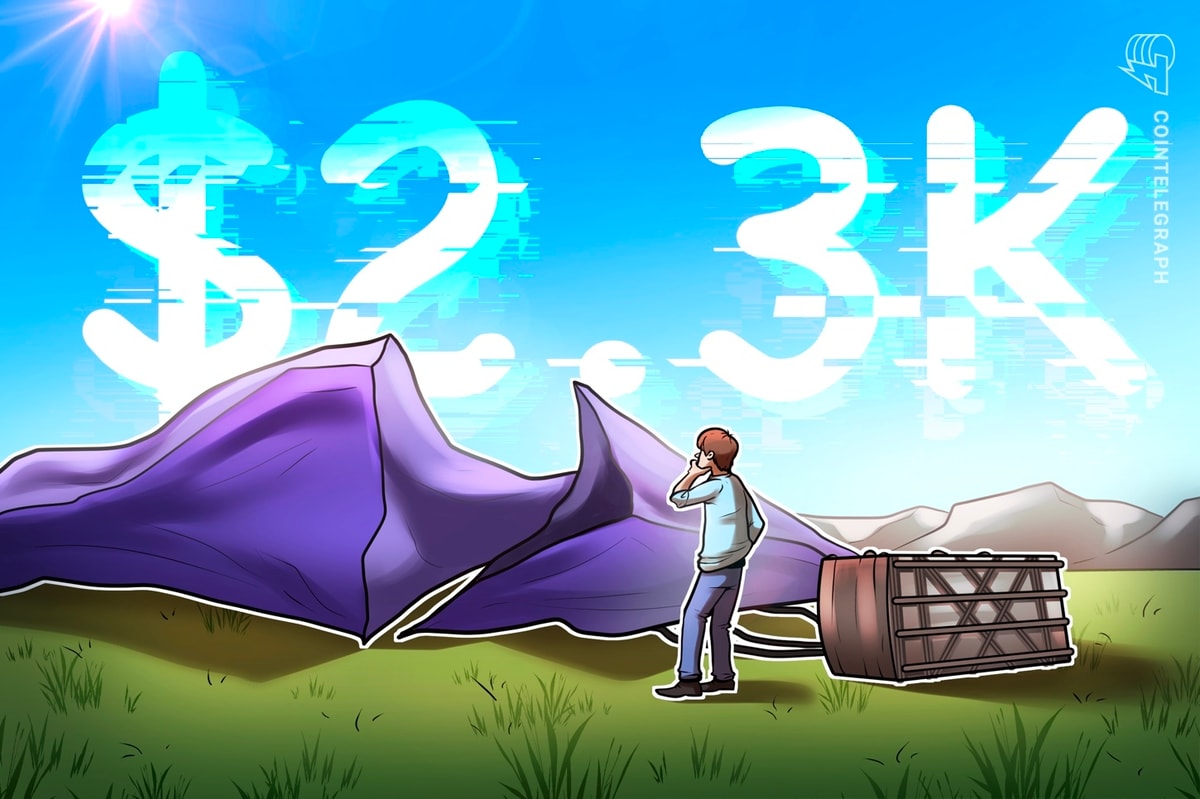The price of Ether reached the $2,768 level on October 21 and then faced resistance. Several factors limited the rally, including increased supply on exchanges, declining network activity, and weakening technology.
ETH Coinbase Index indicates a potential sell signal.
Ethereum (ETH) is down 6.5% from a local high of $2,768, with the ETH Coinbase Premium Index falling below the 14-day simple moving average (SMA) on October 21, suggesting a possible sell-off in the near future.
The ETH Coinbase Premium Index, which measures the difference between Ether prices on Coinbase Pro and Binance, is used as an indicator of U.S. investor demand compared to the rest of the world.
The chart below shows that the ETH price correction occurred when the Coinbase Premium Index fell below the 14-day SMA.
The current indicator is -0.075 and the 14-day SMA is -0.040, indicating “sellers have a stronger influence in the US market.” CryptoQuant said:
“If the ETH Coinbase Premium Index falls below SMA14, this is a sign of increased US selling pressure and could potentially lead to a decline in prices.”
Coinbase Premium Index for Ether. Source: CryptoQuant
Increase in ETH supply on exchanges
Another argument for the downtrend is the increasing supply of ETH on exchanges. According to additional data from CryptoQuant, Ether balances on the exchange hit a four-week high of 15.8 million ETH on October 21.
ETH holdings on exchanges. Source: CryptoQuant
The total balance of inflows and outflows from centralized exchange wallets saw a sharp increase between October 15 and October 20, when deposits to trading platforms began to surge.
Increasing the supply of ETH on an exchange simply means that investors can signal their intention to sell by sending tokens from their self-custodial wallets to the exchange.
Ethereum TVL Decrease
As can be seen in the Defilama chart below, Ethereum’s total value locked (TVL) has been declining since mid-June.
TVL for layer 1 networks fell 57% to $42.3 billion on August 5, from an annual high of $66 billion on June 3, before rising to the current level of $48 billion.
Ethereum’s TVL. Source: DefiLlama
Additional data from DefiLlama shows that Ethereum’s TVL has decreased by more than 2% over the past 30 days, underperforming other top layer 1 protocols such as Solana, which has seen its TVL increase by 22% over the same period.
Top blockchains: Percentage change in TVL. Source: DefiLlama
The rising TVL reflects trader interest in Ethereum’s DeFi ecosystem and shows that the network is unable to attract new users due to its relatively high transaction costs, especially those looking to launch new projects.
According to data from Etherscan, Ethereum’s fees remain consistently high, averaging 11.492 gwei ($0.62). This is significantly higher than Solana’s trading fees, which currently average 0.000091 SOL (~$0.015).
relevant: Ethereum Blob Fees Soaring: What Does It Mean for L2?
Ether’s bearish pattern suggests a 10% decline.
The ETH price movement from October 10th to October 23rd resulted in an inverted V-shaped pattern appearing on the daily chart. This followed an initial rally that saw Ethereum price surge 19% from $2,327 before a sharp recovery that was halted by buyer congestion near the psychological $2,800 level.
The Bears took profits from this rally, causing a sharp correction to the current level. As the price tries to complete the inverted V pattern, there is a possibility of a further 9.7% decline from the current price towards the pattern neckline around the $2,300 demand zone.
Meanwhile, the Relative Strength Index (RSI) has been declining from 67 to 52 over the past three days, suggesting that market conditions have turned towards lower prices.
ETH/USD daily chart. source: TradingView
On the positive side, key levels to watch are the 200-day EMA at $2,660 and the subsequent local high at $2,768.
This article does not contain investment advice or recommendations. All investment and trading activities involve risk and readers should conduct their own research when making any decisions.

